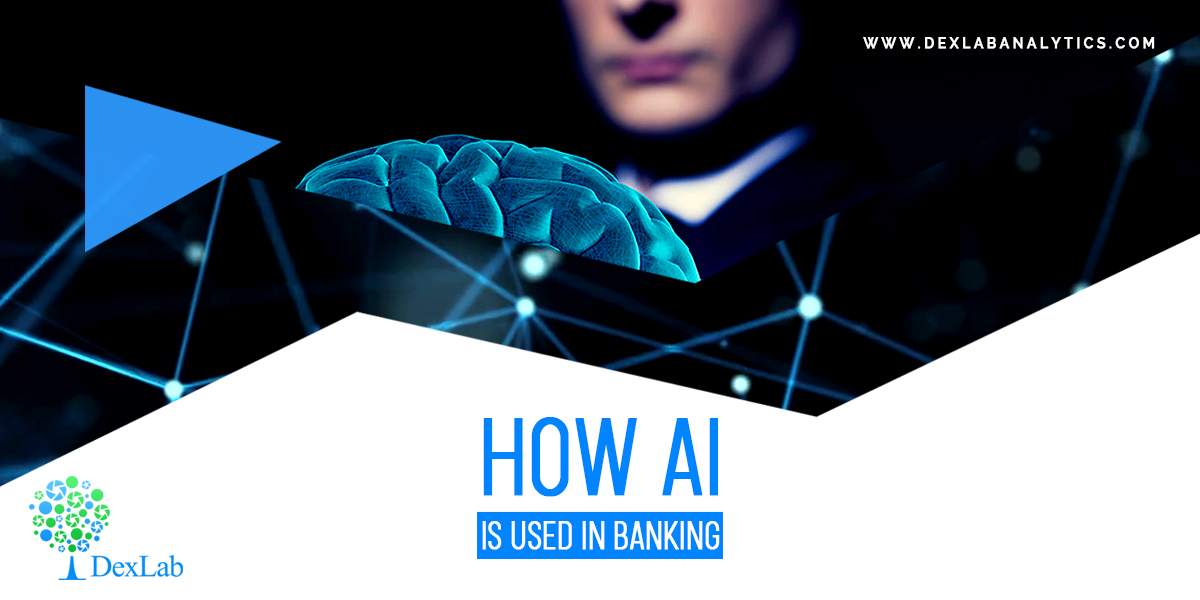Artificial Intelligence has revolutionized the banking sector, transforming back end processes into faster mechanisms, making money transfers safer and back-end operations more efficient.
From fraud detection to customer service chatbots, AI is powering several banking wings. Here is a list of operations AI has been facilitating in banks across the world.
Customer Support & Front Office
Millennials have rendered brick and mortar banks dispensable. According to Business Insider, 40 per cent of this generation does not use the services extended in physical bank offices.
AI has come to the rescue, however, by powering chatbots and voice assistants in most major financial institutions. Kasisto, for example, is one such neo-banking institution that has been using AI to the hilt.
“Kasisto’s major contribution is its conversational AI platform, KAI, which banks can use to build their own chatbots and virtual assistants. It’s rooted in AI reasoning and natural-language understanding and generation, which means it can handle sophisticated questions about finance management that other bank customer-service digital assistants…can’t”, says a report.
Kasisto has supported and shored up AI assistants for several reputed banking institutions including the UAE-based digital bank Liv., DBS Bank, Standard Chartered Bank and TD.
“The bank’s KAI-based bot walks customers through how to make international transfers, block credit card charges and transfer you to human help when the bot hits a wall.”
Fraud Protection & Middle Office
Artificial Intelligence has truly transformed “middle office functions” – where banks manage risk and protect themselves from bad actors. These functions include fraud detection, anti-money laundering initiatives and customer identity verification.
“And sometimes that means incorporating AI into legacy, rules-based anti-fraud platforms. But some the most innovative and secure countermeasures are other, from-the-ground-up models, built by companies like the ones below.”
“Up to $2 trillion is laundered every year — or five percent of the global GDP, according to UN estimates.” The sheer number of investigations across the globe, coupled with the complexity of data and reliance on human involvement makes anti-money laundering (AML) difficult work.
AML processes also cost a lot. Ayasdi’s AI-powered AML incorporates three key advancements: “intelligent segmentation, or optimizing the data-sifting process to produce the fewest number of false positives; an advanced alert system, which auto-categorizes alert priorities; and advanced transaction monitoring, which uses machine learning to spot suspicious anomalies”.

Lending And Risk Management
“AI holds real promise for more equitable credit underwriting — as long as practitioners remain diligent about fine-tuning the algorithms.
Beyond credit scoring and lending, AI has also influenced the way banks assess and manage risk and how they build and interpret contracts.”
Denying credit to persons because of a class or racial bias is something that ails the banking industry across the world. ZestFinance’s“AI-based software purportedly generates fairer models, essentially by downgrading credit data that it has “learned” results in unfair decisions”.
For more on this, do peruse the DexLab Analytics website. DexLab Analytics is the premiere most artificial intelligence training institute in Gurgaon.
.

Comments are closed here.